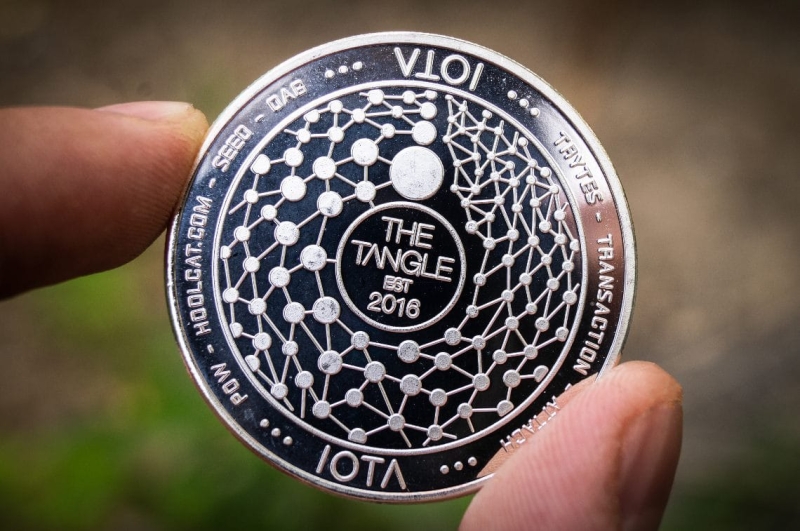Contents
SPONSORED POST*
The crypto markets are experiencing some considerable turmoil. After the collapse of FTX and Terra/LUNA, it seems that markets had reached a breaking point. However, this lets analysts consider that we have already reached a bottom, which presents interesting opportunities for aspiring investors.
Data ownership is one of the pillars of the upcoming Web3 revolution. Ocean Protocol and Iota are two projects that heavily focus on this niche, providing groundbreaking solutions to users.
OCEAN vs IOTA: which one is more future-proof and has real-world uses? We try to answer these questions in this article by comparing the fundamental values of these projects.
The Technicalities of OCEAN Protocol
Ocean Protocol is a blockchain that considers data as an asset in itself. It allows users to monetize their information and sell it on the open Ocean Market — a place where users can sell, purchase, or consume data, safely and privately.
Additionally, Ocean Protocol allows users to lock OCEAN tokens and start curating data for additional income. In a nutshell, this project provides on and off-ramps for data assets into DeFi. The founders consider information as an asset that has value and provides users with the means to trade it.
The Ocean data NFTs and datatokens provide an interface to connect tools like crypto wallets into data wallets and make them available in the growing data market.
OCEAN Crypto Price Performance
OCEAN tokens came out in the market in mid-2019, during the worst of the bear market at that period. This caused its price to stay humble, without much volatility. From May 2019 and July 2020, the price fluctuated between $0.02 and $0.07.
However, OCEAN entered a significant rally in 2021, and in April 2021, it reached an all-time high of $1.94 per token. Following the bear market in 2022, the prices have drastically retraced, and OCEAN is now trading at $0.16.
The Technicalities of IOTA
Although many consider it a blockchain, Iota is a project that runs on a different technology. It uses Tangle, a proprietary tech that doesn’t involve the creation of cryptographic blocks. Instead, it uses a “tangle” of nodes that confirm transactions on the fly, allowing it to be much more scalable than conventional blockchain platforms.
Moreover, like OCEAN, Iota focuses on data. Its goal is to be an intermediary between humans and machines so that they can exchange data freely, and in a decentralized manner. It focuses on exchanging data with IoT devices, which are becoming increasingly adopted all across the globe.
As a result, Iota is one of the first movers to implement decentralized ledger technology into the Internet of Things, allowing processes to be easily tracked, consulted, and controlled remotely.
MIOTA Crypto Performance
The MIOTA cryptocurrency was released right before the 2017 bull market, which allowed it to gain significant traction at the time. It reached an all-time high of $5.7 in December 2017. After dropping to $0.2 during the 2019 bear market, MIOTA returned to good form during the 2020-2021 cycle.
In 2021, the price jumped from $0.45 to $2.5, giving some hope to investors. However, the bear market of 2022 has pushed prices quite low, and the token value is tumbling as we write these lines. MIOTA is currently trading at $0.17 which is only a few cents above its lowest point.
Comparison Table
| Feature | Ocean Protocol | Iota |
| Consensus | Proof of Stake | Tangle |
| Max supply | 1,410,000,000 | 2,779,530,283 |
| Circulating supply | 613,099,141 | 2,779,530,283 |
| All-time low | $0.01351 | $0.07962 |
| All-time high | $1.94 | $5.69 |
Conclusion
While OCEAN and IOTA both delve into data markets, they have different purposes. Ocean Protocol focuses on monetizing data, whereas Iota is an IoT platform. Considering their price movements, it’s difficult to recommend investing in MIOTA as its price hasn’t been able to recover significantly. OCEAN, on the other hand, could still provide some upside. You can purchase it on an anonymous exchange like Godex that offers rare pairs like KCS to MATIC as well.
*This article was paid for Cryptonomist did not write the article or test the platform.






